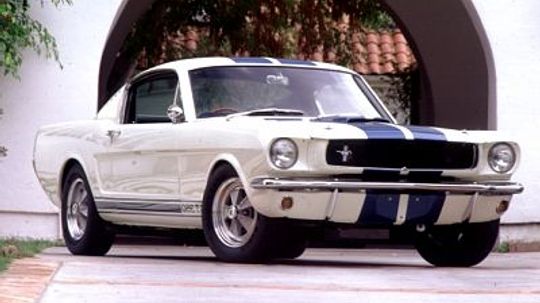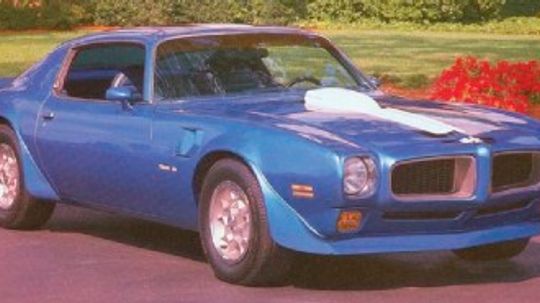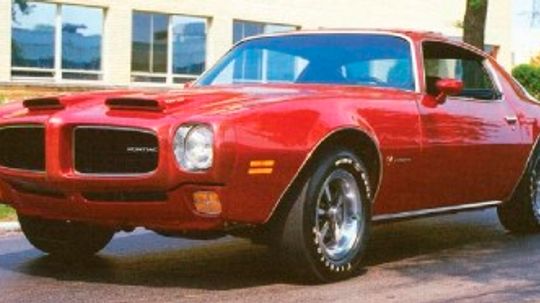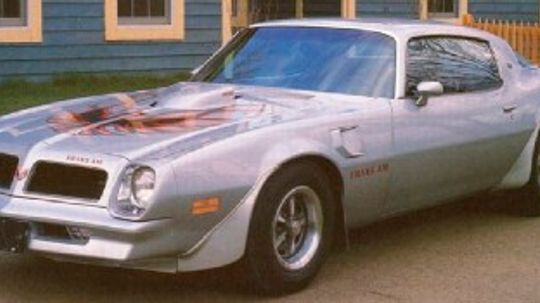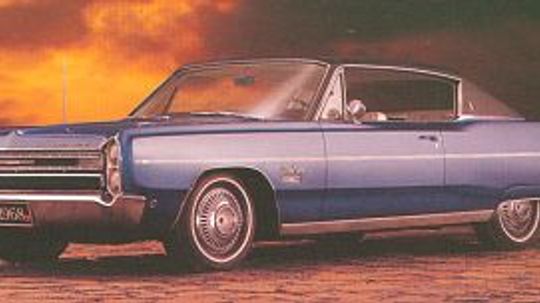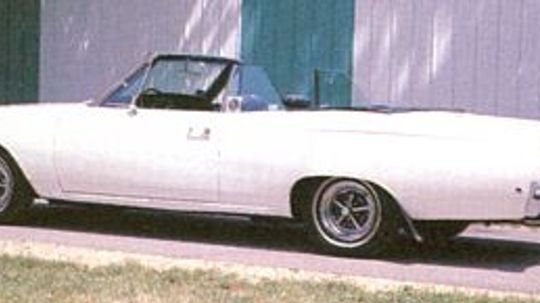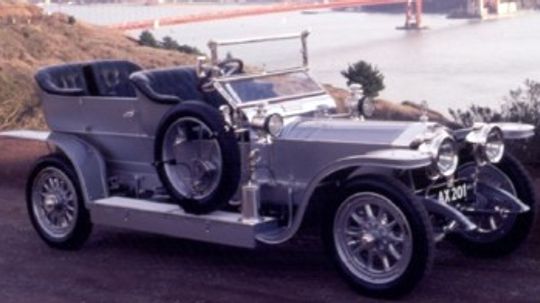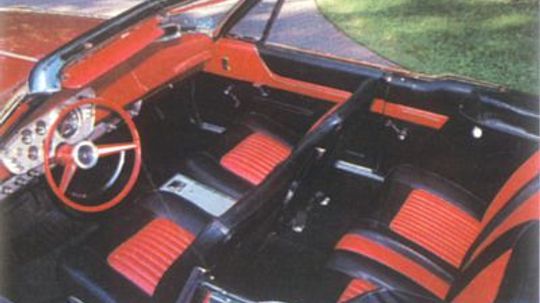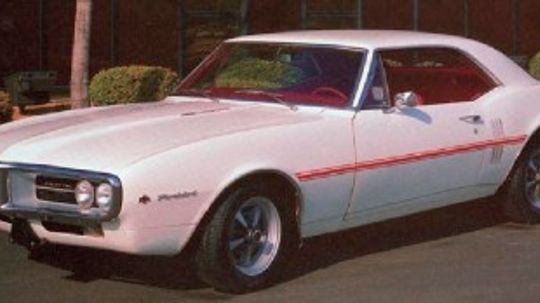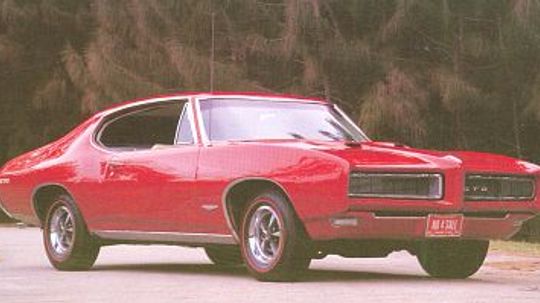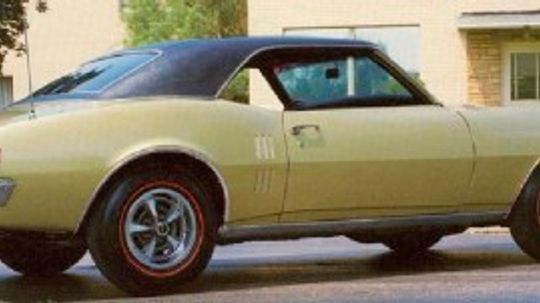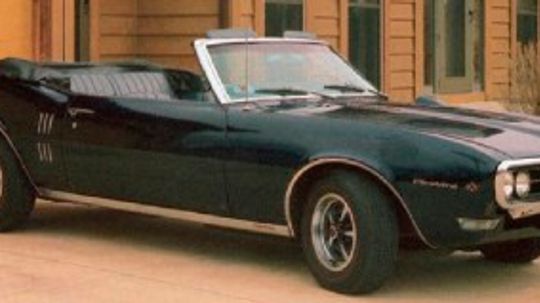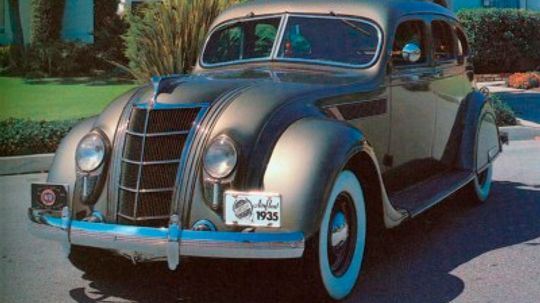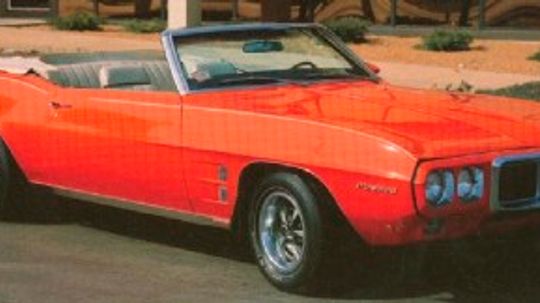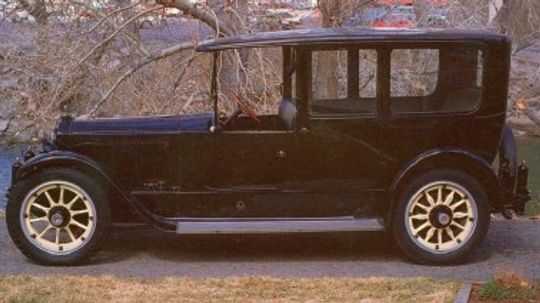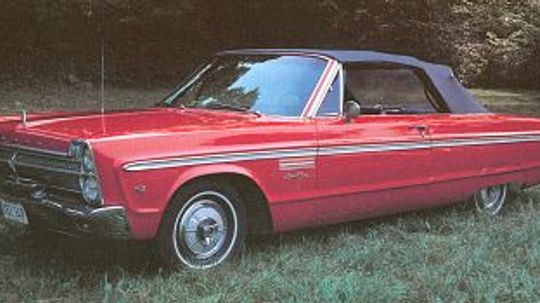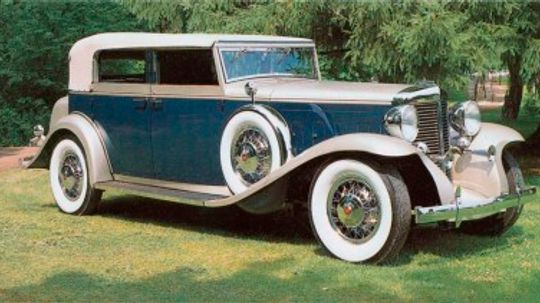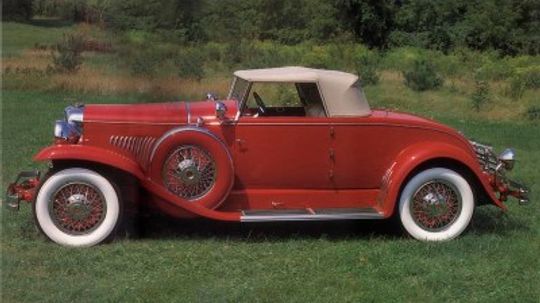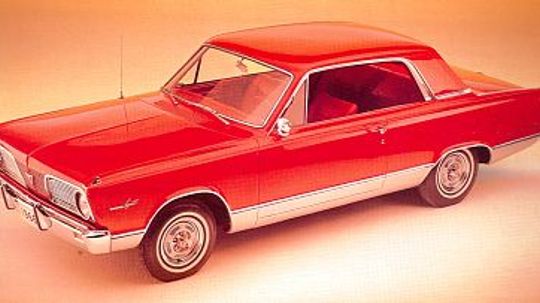Collectible and Classic Cars
The Collectible and Classic Cars Channel highlights some of the rarest and most sought-after cars. Learn about cars like the Bugatti, the Tucker, Ferraris and dozens more.
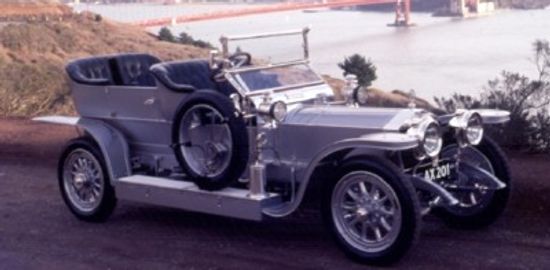
1907-1926 Rolls-Royce Silver Ghost
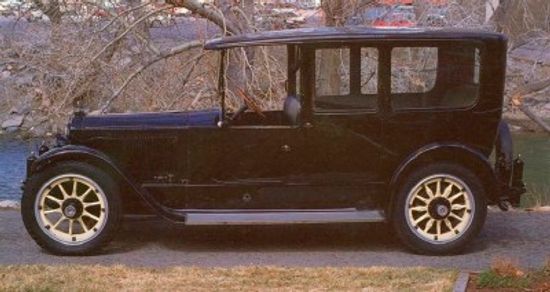
1916-1923 Packard Twin Six
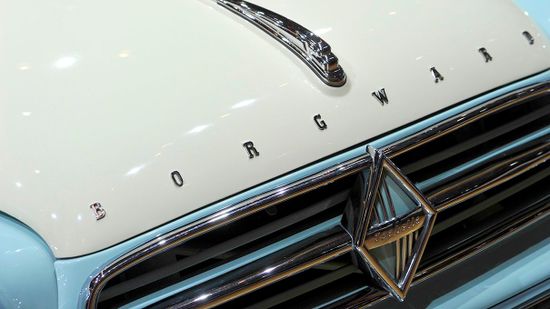
The Crazy Story of Borgward, the German Carmaker You've Never Heard Of
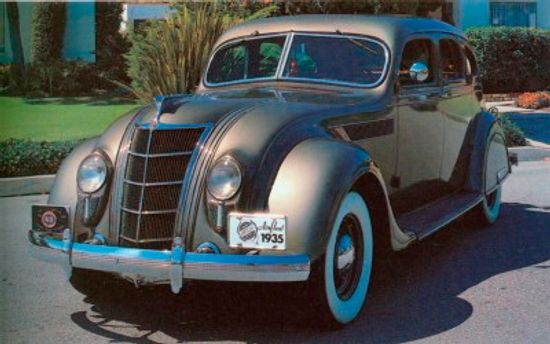
1934-1937 Chrysler Airflow
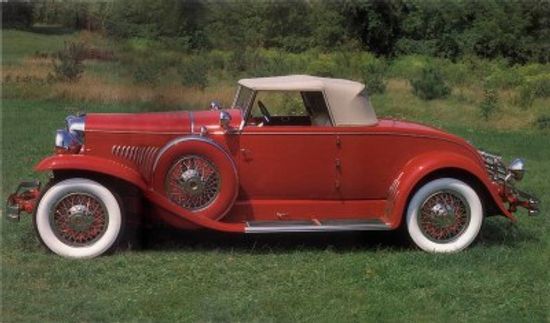
1928-1934 Duesenberg J-Series

1945-1952 Jeep: Willys Postwar Jeep

1941 Chrysler Thunderbolt Roadster
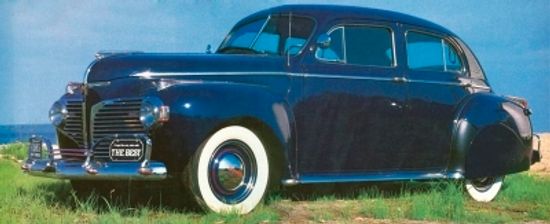
1941 Dodge Custom Town Sedan
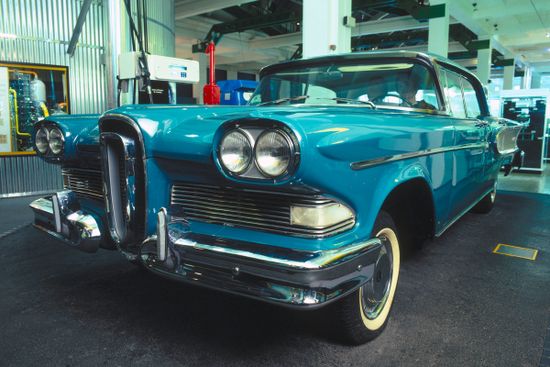
The Ford Edsel Failed, But Why?
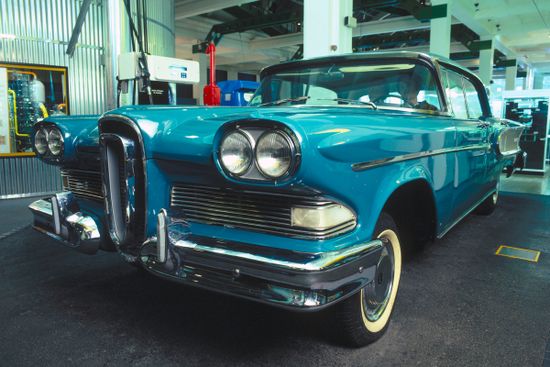
Was the Ford Edsel really that much of a failure?
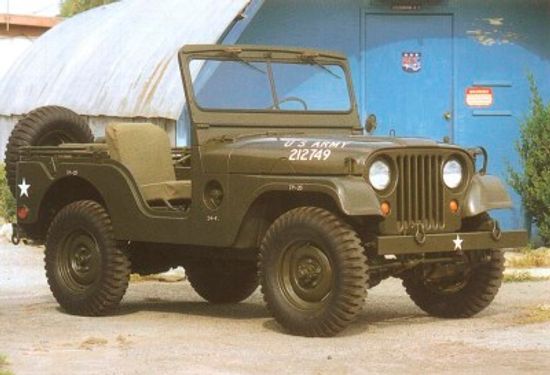
1953-1956 Jeep

1963-1964 Studebaker Avanti
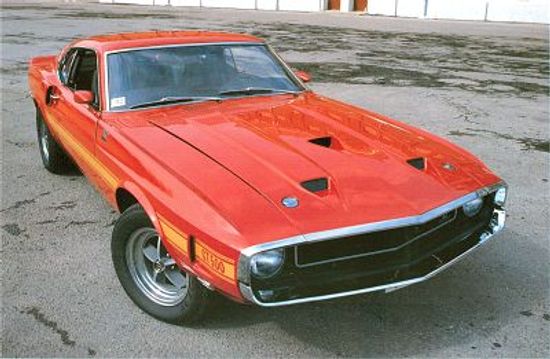
1969 Shelby GT-350 & GT-500
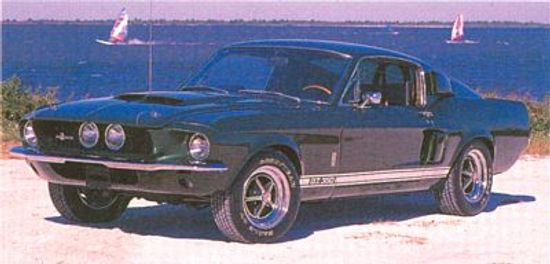
1967-1968 Shelby GT-350 & GT-500
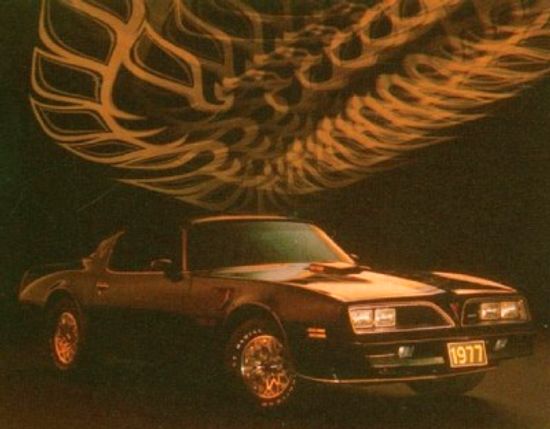
1977 Pontiac Firebird Trans Am and Formula
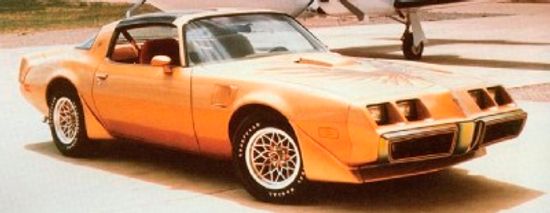
1979 Pontiac Firebird Trans Am and 10th Anniversary Trans Am
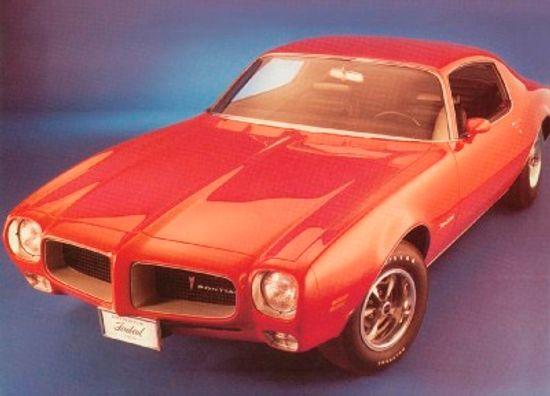
1970 1/2 Pontiac Firebird
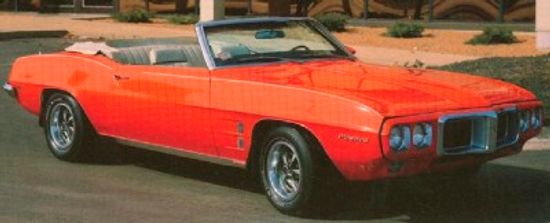
1969 Pontiac Firebird Sprint Convertible
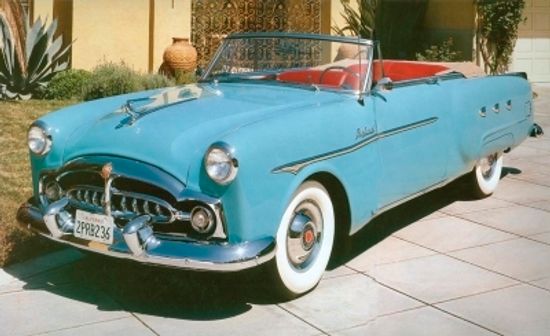
1952 Packard 250 Convertible

1961 Buick LeSabre Convertible
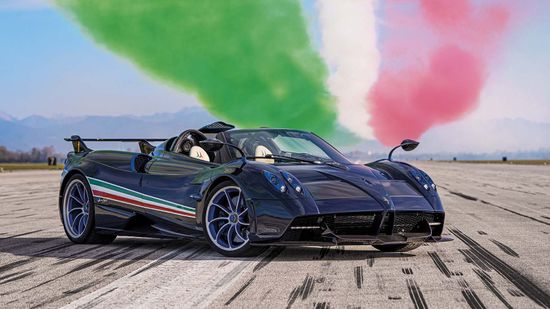
What Is the Most Expensive Car in the World?
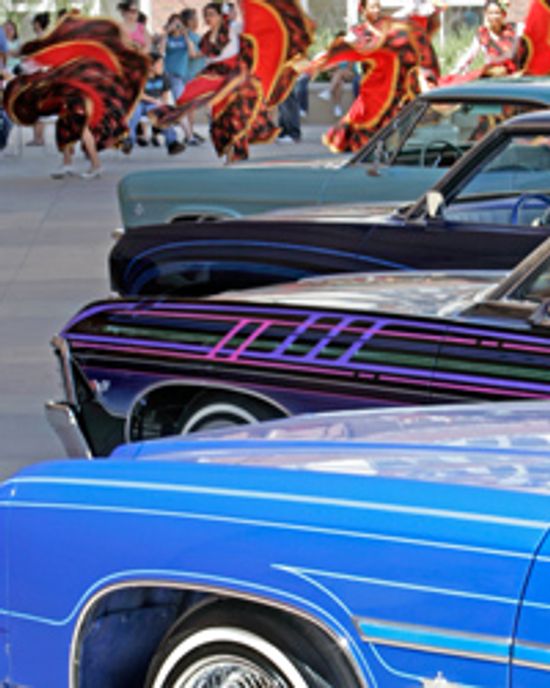
Cruising Low and Slow: 10 Great Lowriders
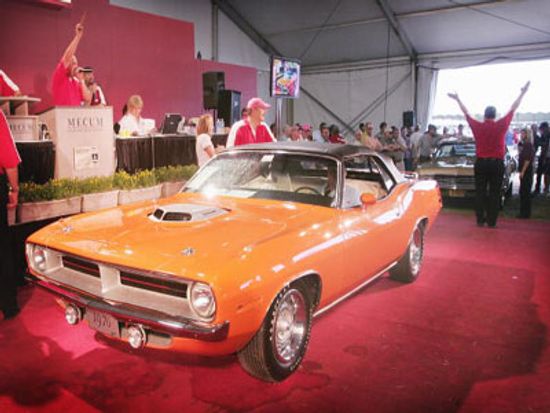
How Car Restoration Works
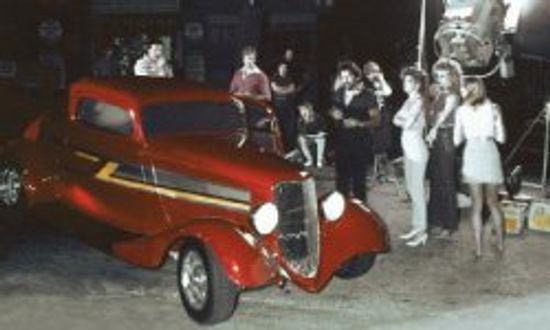
Hot Rod Pictures

Muroc Roadsters: Profile of a Hot Rod
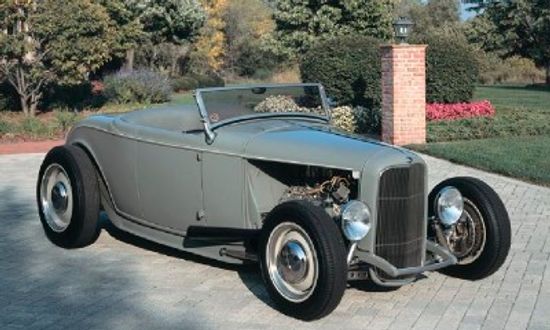
Ritzow Deuce: Profile of a Hot Rod
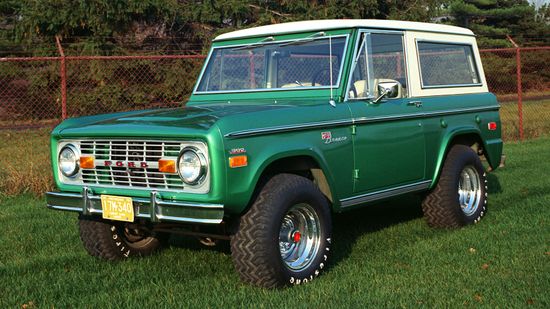
Millennials and Gen Xers Best Boomers at Collecting Cars
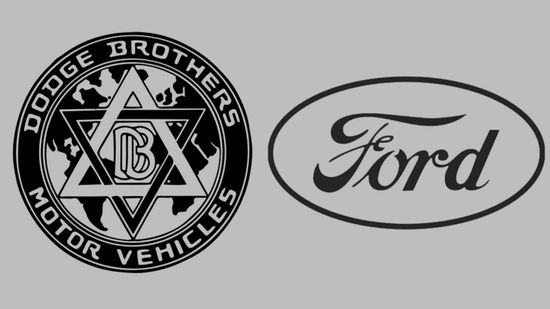
Henry Ford vs. the Dodge Brothers: An All-American Feud
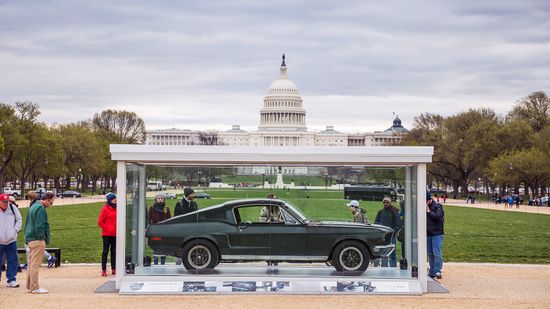
National Historic Vehicle Register Honors Elite Cars
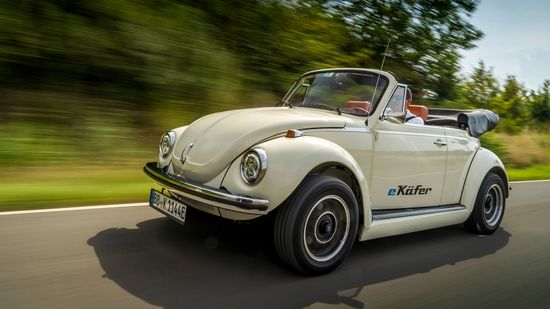
Could Electric Motor Conversions Save Classic Cars?
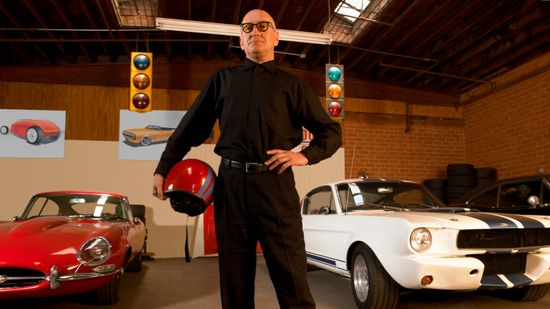
The World's Top 10 Car Collectors
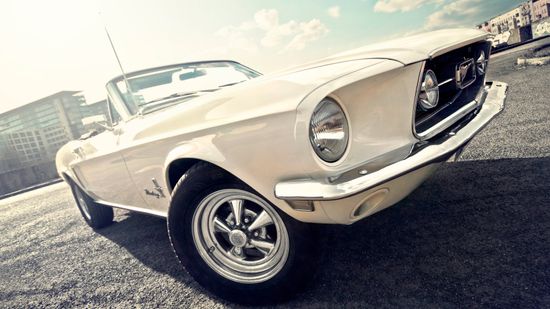
The 12 Rarest Cars In The World
Learn More / Page 2
The original '65 Shelby GT-350 was probably as close to a street-legal racing car as was ever offered by an American company. The brains behind the brawn? A Texas chicken farmer turned Ferrari race car driver named Carroll Shelby.
Trans Am already was in the process of developing a legion of aficionados, but you wouldn't know it from the year-end figures from 1972. Learn more about rare 1972 Pontiac Firebird Trans Am.
A bold new eggcrate grille decorated the front end of the base Firebird, Esprit, and the 1973 Pontiac Firebird Formula; but something far bolder could be tucked beneath the Formula's hood. Learn more about the details surrounding the 1973 Pontiac Firebird Formula.
Advertisement
By the time the 1976 Pontiac Firebird Trans Am hit the market, Trans Ams had found their niche. Despite ever-higher prices, output rose again as Pontiac sold one Trans Am for every three Firebirds. Learn more about the 1976 Pontiac Firebird Trans Am.
The 1976 Pontiac Formula Firebird had a new appearance package that featured bold FORMULA graphics along door bottoms and rocker panels. Learn more about the 1976 Pontiac Formula Firebird in this article.
"Plymouth is out to win you over," said the ads, and they didn't lie. With a re-vamped Barracuda, a transformed Valiant and a solid line of Belvederes, Plymouth jumped back in the game in a major way.
It's amazing what steady cultivating can do -- with a few interim changes, Plymouth's disappointing 1962 "standards" roared back with the 1968-1969 Plymouth Sport Satellite and GTX. These models soon sold more than a quarter-million copies.
Advertisement
The 1907-1926 Rolls-Royce Silver Ghost is hailed by some as the, "Best Car in the World." To this day, this car is the most famous and most desirable antique car in history. Learn about the seminal 1907-1926 Rolls-Royce Silver Ghost.
The 1962-1964 Plymouth Sport Furys weren't nearly as bad as they're usually portrayed. Despite their flaws, the long-hood/short-deck proportions were drawn years before we'd ever heard of "ponycars."
The 1967 Pontiac Firebird Sprint came onto the automotive scene a little later than Chevrolet's Camaro, but when the Firebird arrived, it came on strong. Learn more about the 1967 Pontiac Firebird Sprint in this article.
Being first is relatively easy; staying first isn't. Pontiac may have created the muscle car in 1964 with the GTO, but the company had to work hard to match proliferating competitors. Pontiac struck back with the fully redesigned 1968-1969 Pontiac GTO & Judge.
Advertisement
The 1968 Pontiac Firebird 350-cid HO V-8 engine, with high-performance camshaft, better exhaust-gas scavenging, and revised carburetion, delivered 320 horsepower, 35 more than its 326-cid predecessor. Learn more about the 1968 Pontiac Firebird 350 in this article.
The 1968 Pontiac Firebird Sprint Convertible proved high-performance and folding tops could go hand in hand. Learn more about this muscle car in this article.
The 1934-1937 Chrysler Airflows were revolutionary in that they were aerodynamic, but they were not a success for Chrysler. This was one of the first cars that was styled with aerodynamics in mind. Learn more here.
The 1969 Pontiac Firebird Sprint Convertible received a few design modifications to update its look. Learn more about this classic Pontiac muscle car.
Advertisement
Had GM division chief John DeLorean gotten his way, the Firebird would've been a low-cost sister to the Corvette. But the market couldn't support two sports car models, so DeLorean had to settle for a "Pontiacized" version of Chevy's four-seat Camaro.
The 1916-1923 Packard Twin Six set the standard of American luxury cars of the day. This car featured a 12-cylinder layout, which improved performance, smoothness and silence. Explore the 1916-1923 Packard Twin Six at HowStuffWorks.
The 1923-1931 Lancia Lambda was the first car to use the innovative unit-body construction still in use today. The design combines the body of the car and the chassis to form a single unit, rather than separate parts. Explore the 1923-1931 Lancia Lambda.
By 1962, Plymouth found that it needed to regroup -- and to resize -- its Sport Fury and VIP models to keep up with Ford and Chevrolet. By the mid-1960s, a new design team took Plymouths back into the mainstream -- with a vengeance.
Advertisement
The 1931-1933 Marmon Sixteens were exciting automobiles that were fast, light, and good at climbing hills. The car weighed about 500 pounds less than the rival Cadillac models because of the extensive use of aluminum. Learn about the 1931-1933 Marmon Sixteen.
After three successful years, the 1965-1968 Pontiac Grand Prix declined in both sales and design. But if more glitter and gadgets were evident, so was more power that enabled performance to remain respectable.
The 1928-1934 Duesenberg J-Series automobiles were beautiful, well-built machines that were made in low numbers during the Depression. This car stood out above all others when it was introduced at the New York Salon on December 1, 1928. Learn more.
1969 saw brand-new designs from each of the "Low-Price Three." But Plymouth proved to have the biggest of the big car overhauls, hoping to wow consumers and get them to "Look What Plymouth's Up To Now."
Advertisement
The first Pontiac Grand Prix resembled a dressed-up Catalina hardtop coupe with buckets-and-console interior, but the result was striking and sold well.
Plymouth probably wishes it had a car like the 1963-1966 Plymouth Valiant Signet today -- this model was a solid performer throughout it's production run and helped the company maintain its sales figures.
